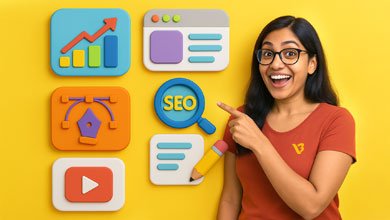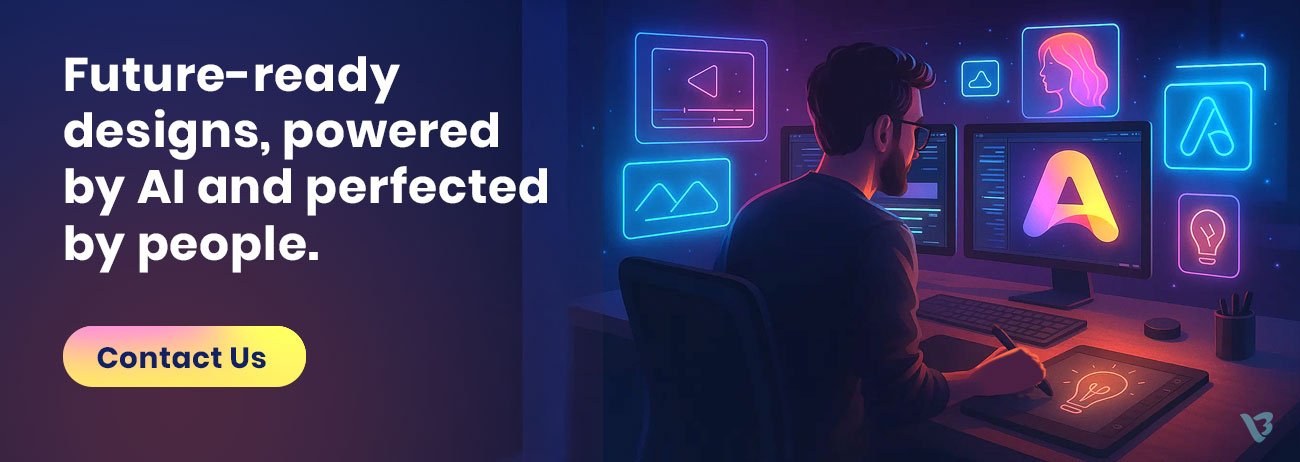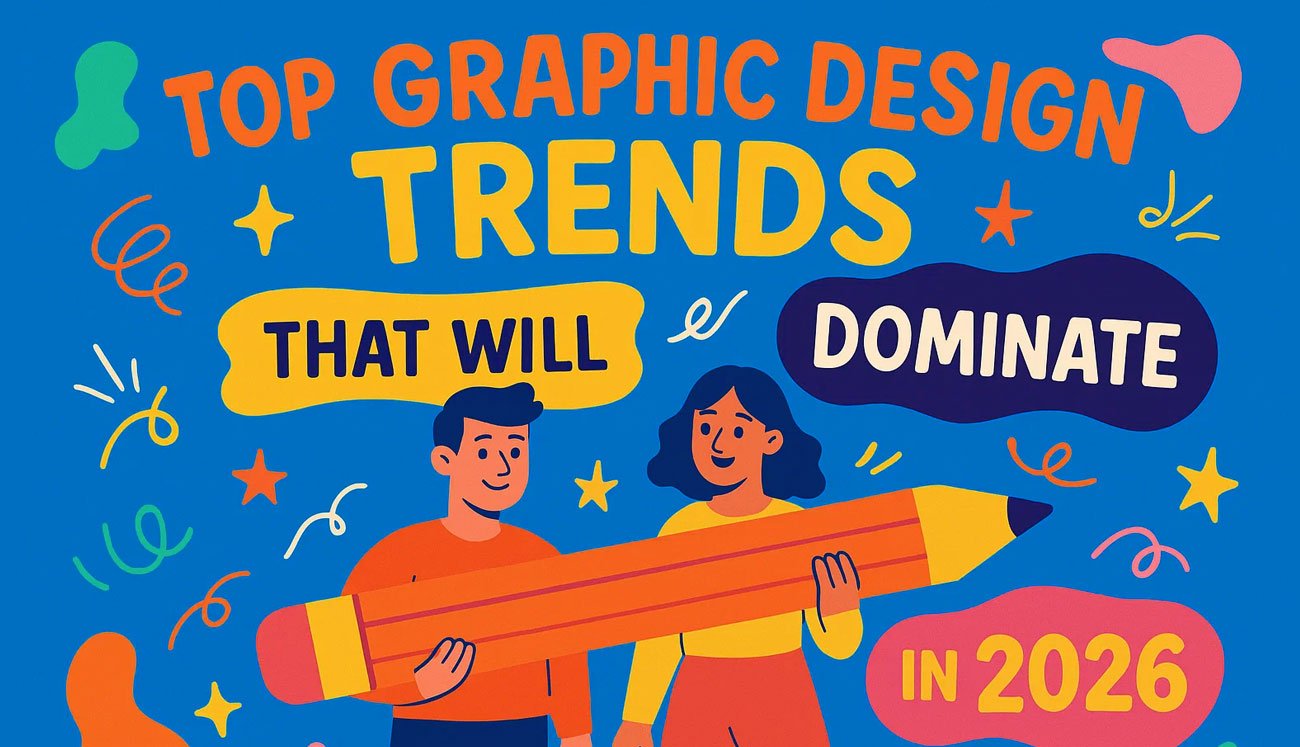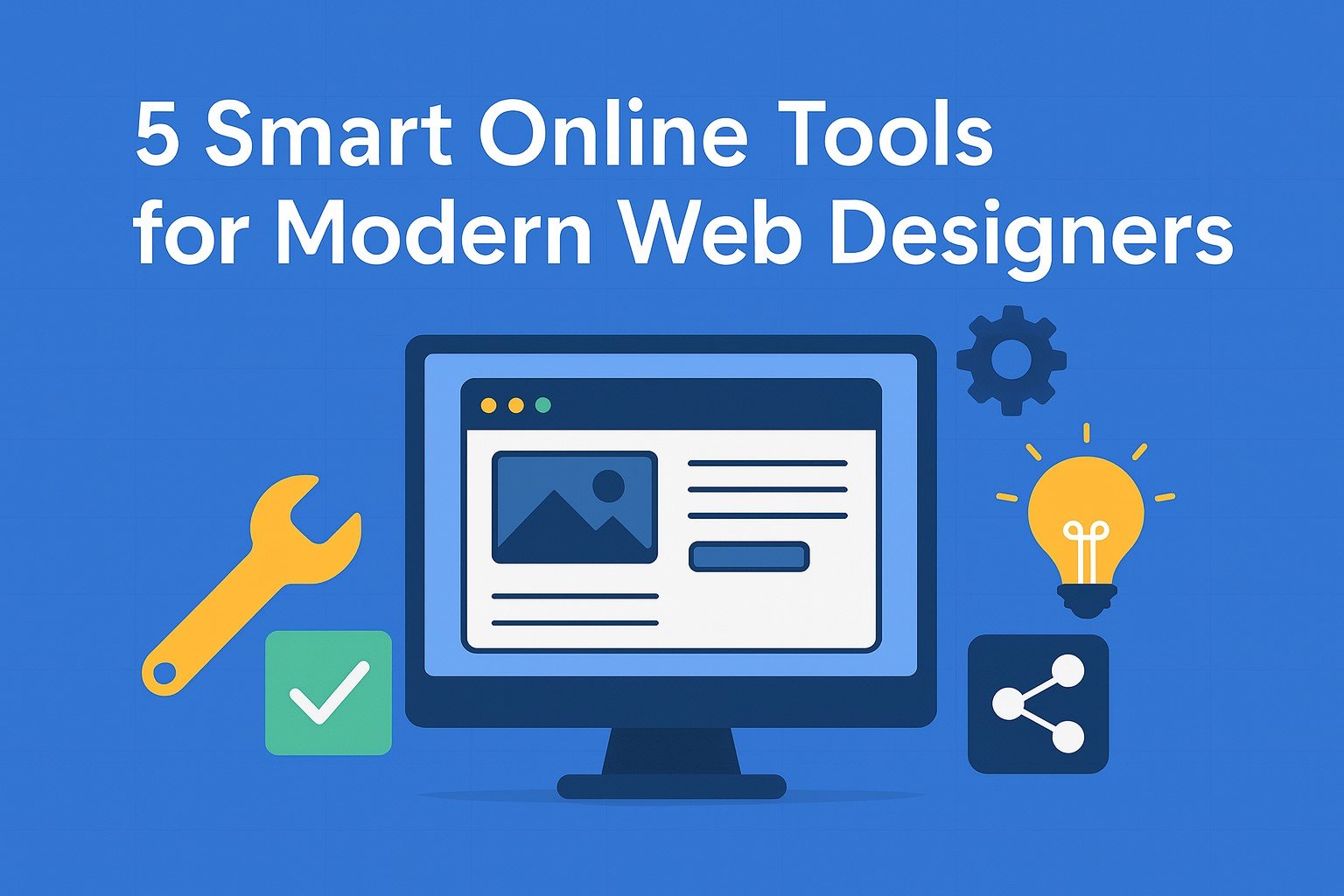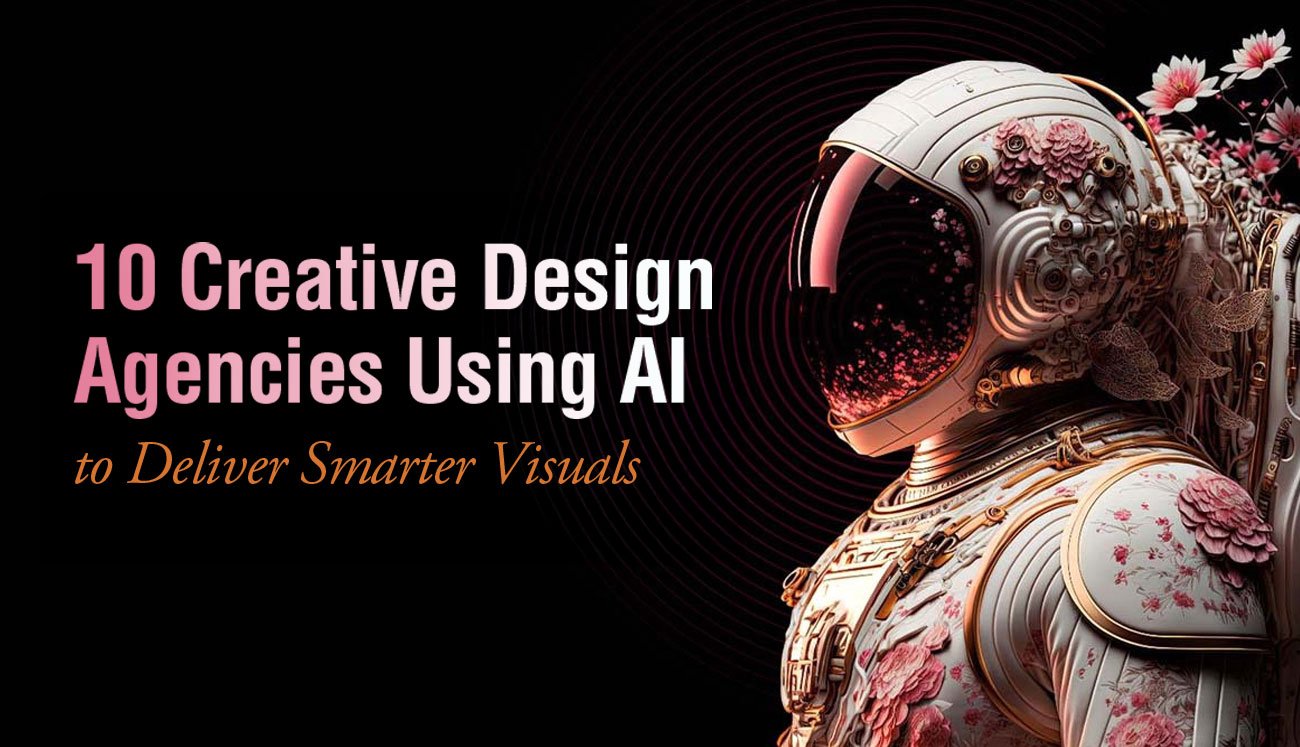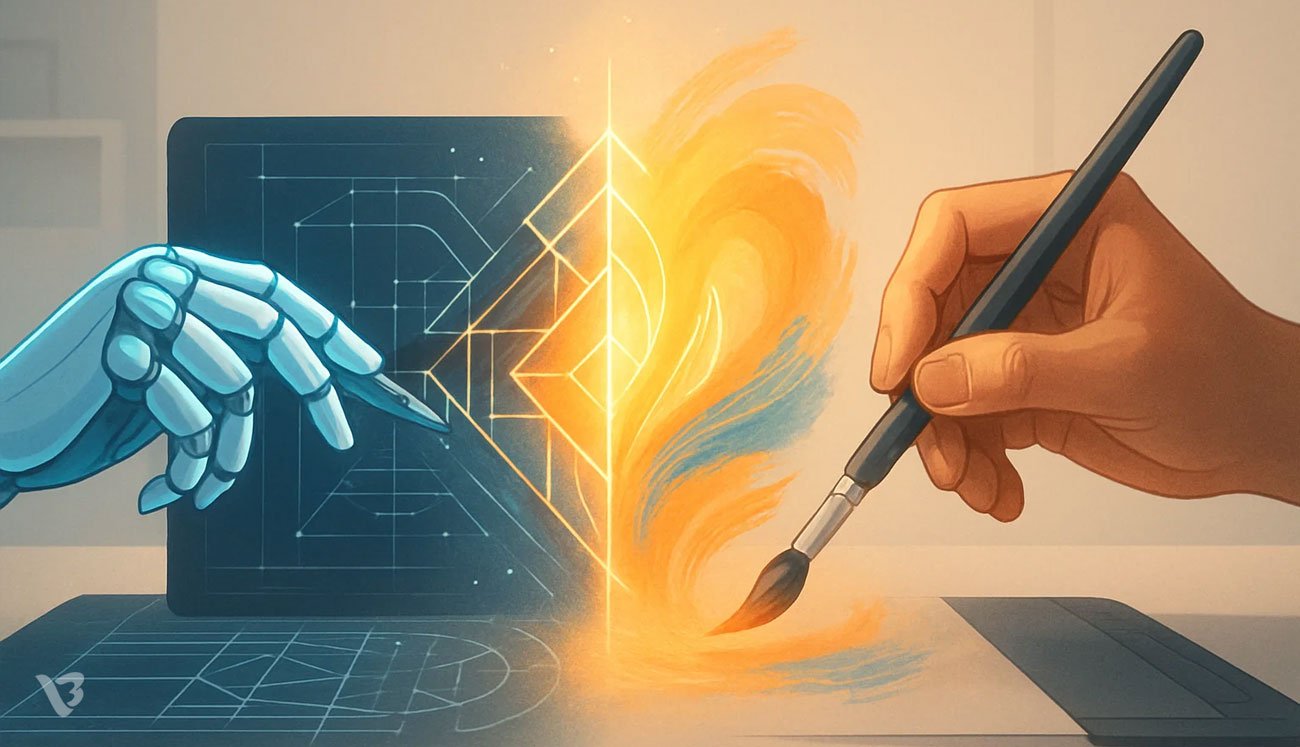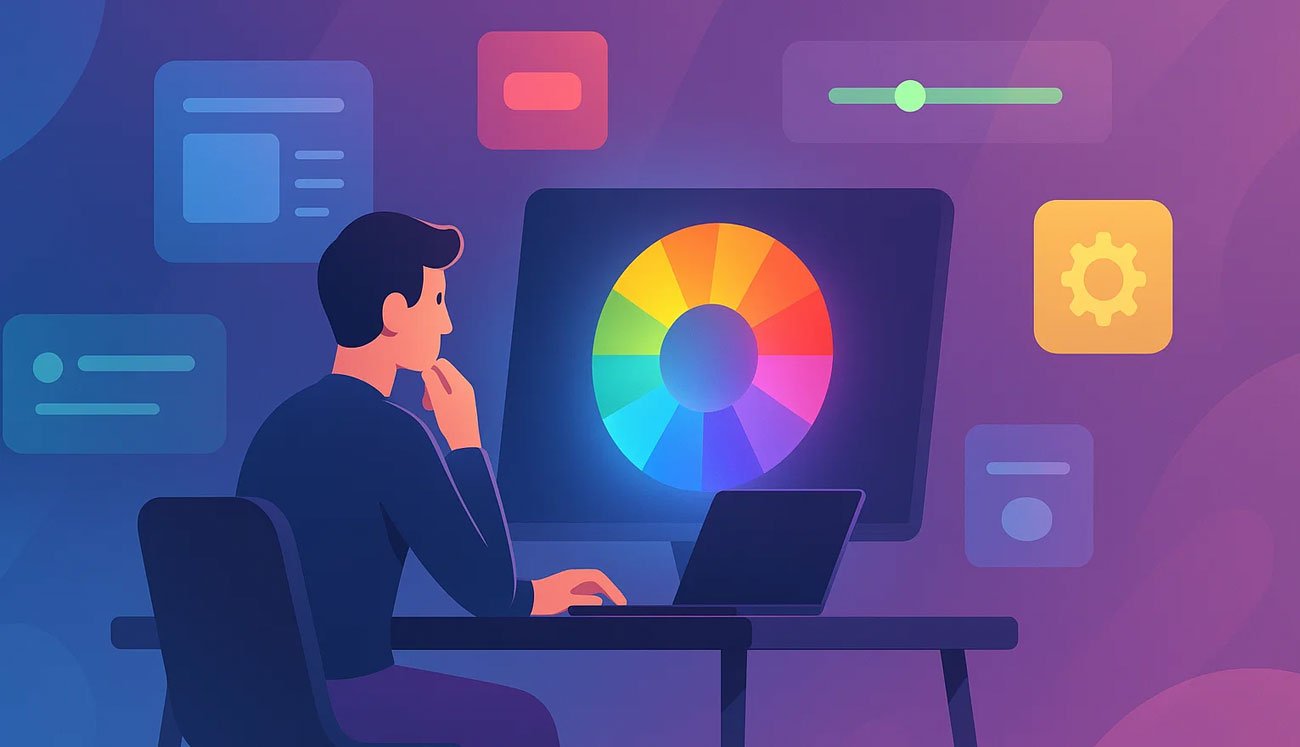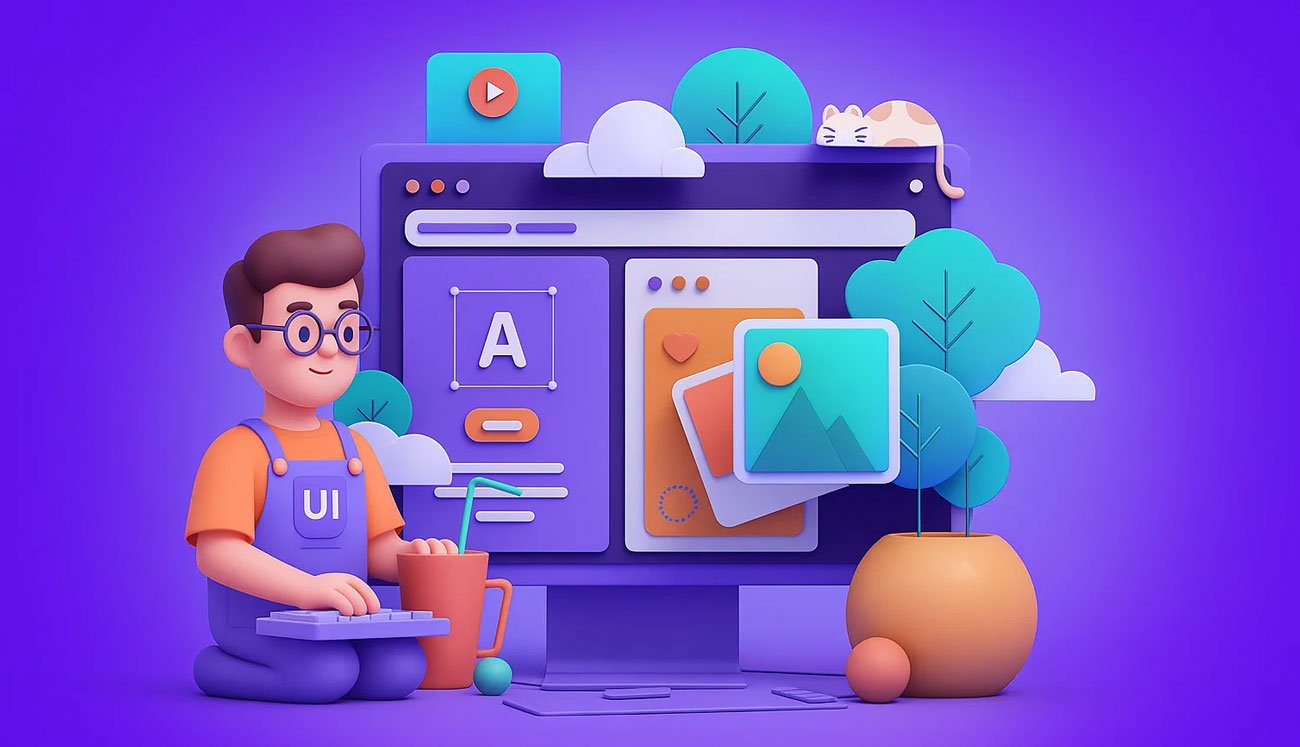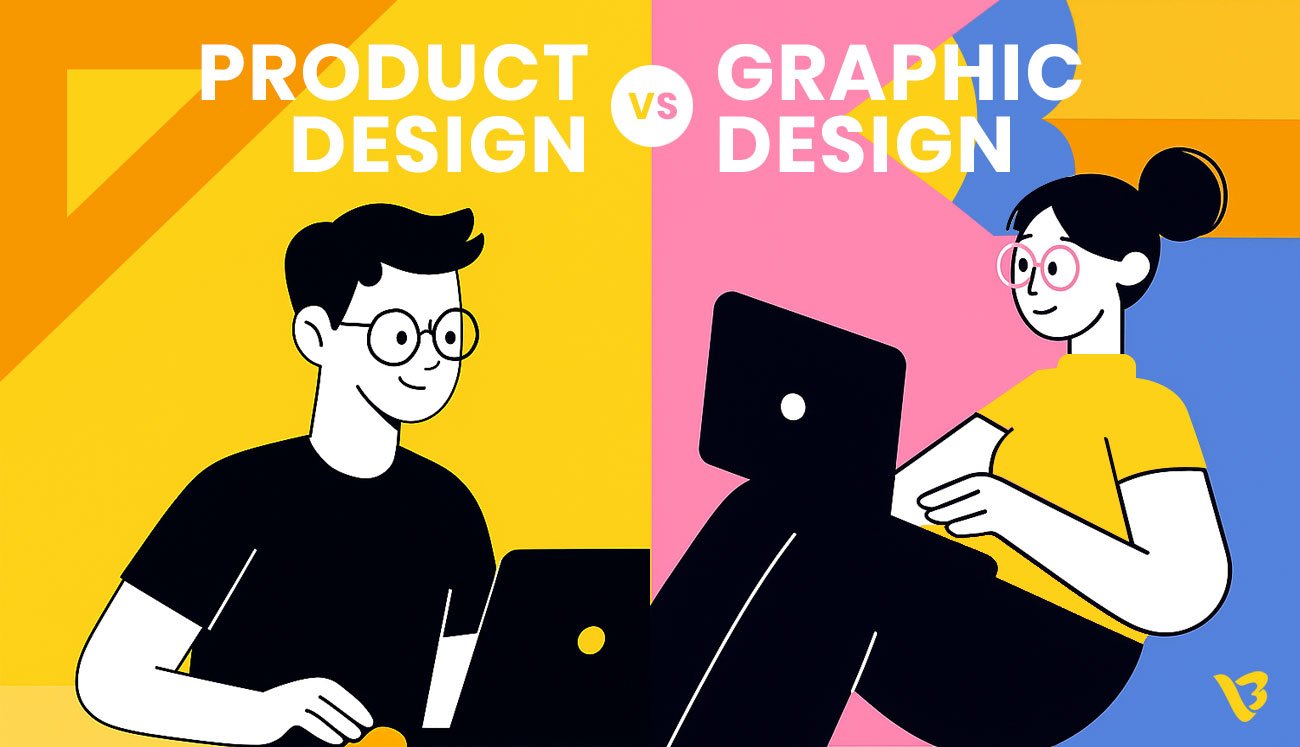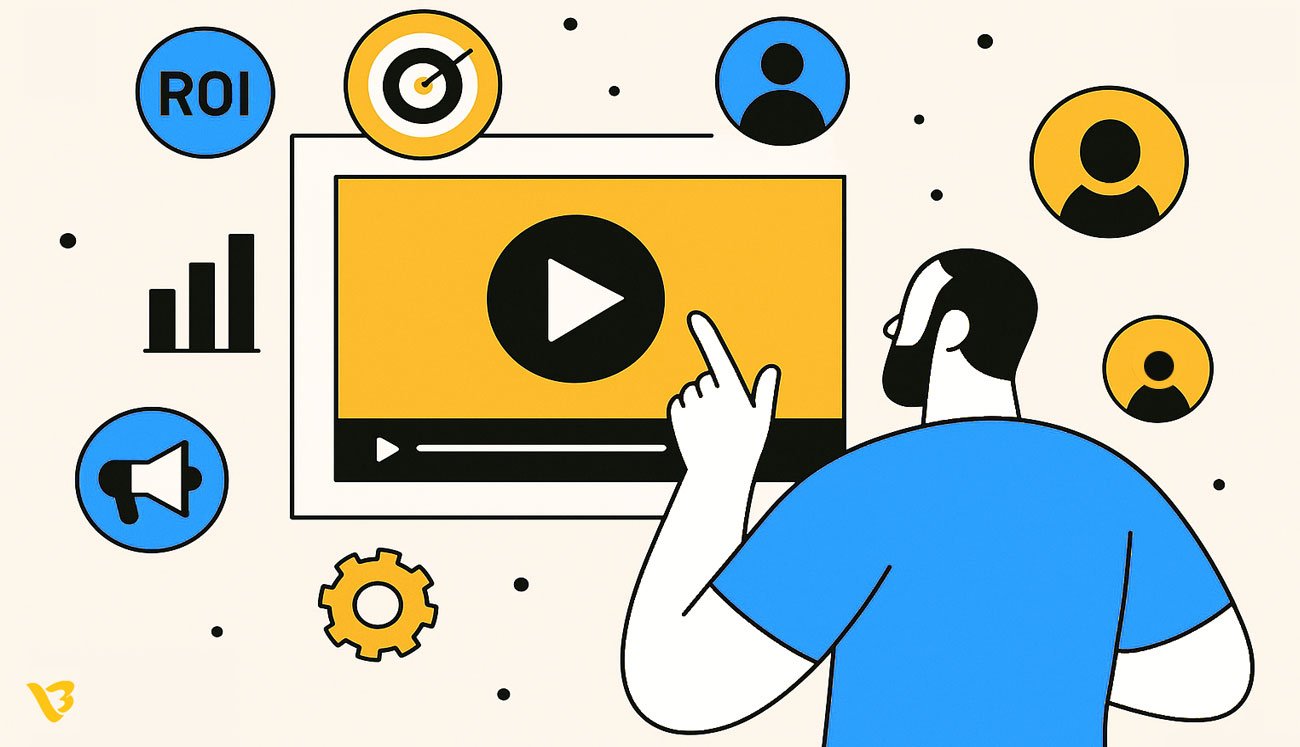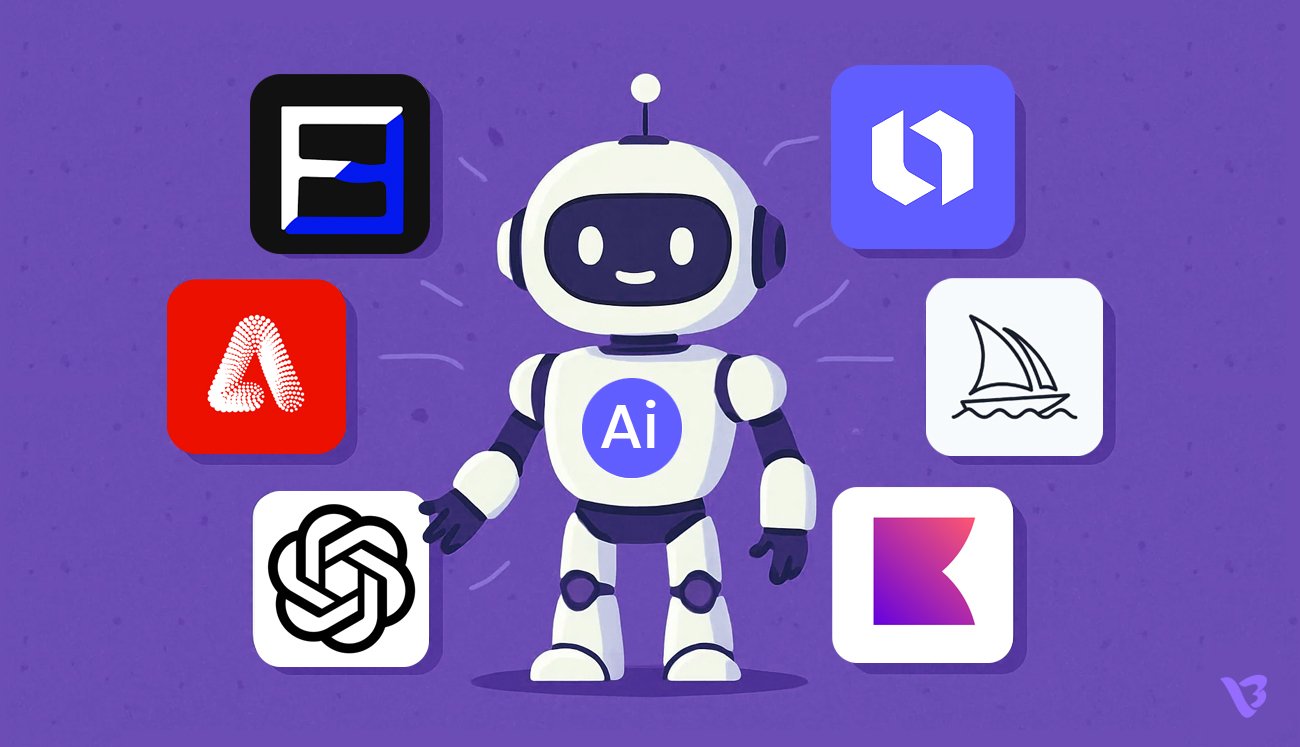AI Design
AI vs Human Creativity in Design: Striking the Perfect Balance
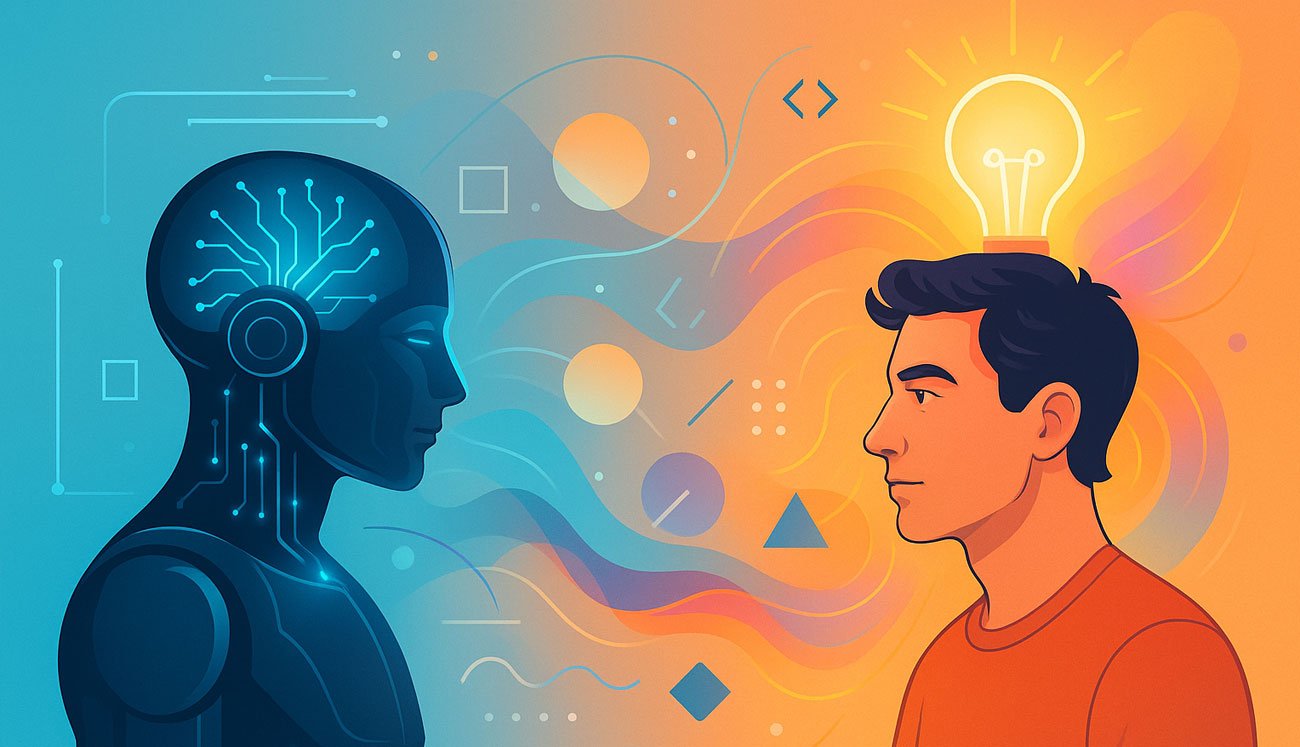
Ever wondered what really happens when human imagination meets the precision of artificial intelligence? Think of an artist waiting and gazing at a blank canvas in the hope of inspiration. On the other side of the table, an AI device can automatically generate dozens of refined design options in a second. This is a contrast between two different artists who have different approaches to the same masterpiece. Human designers are all about intuition, emotion, and understanding the culture, whereas the AI is fast, data-driven, and pattern-driven. Both have their own strengths, but the question is, is it the real magic of creative things in humans or in machines, or somewhere on the borderline? It can be that the solution does not lie in competition but in cooperation, in AI vs Human Creativity in Design, being able to strike its proper balance.
The Rise of AI and Its Benefits in Design Fields
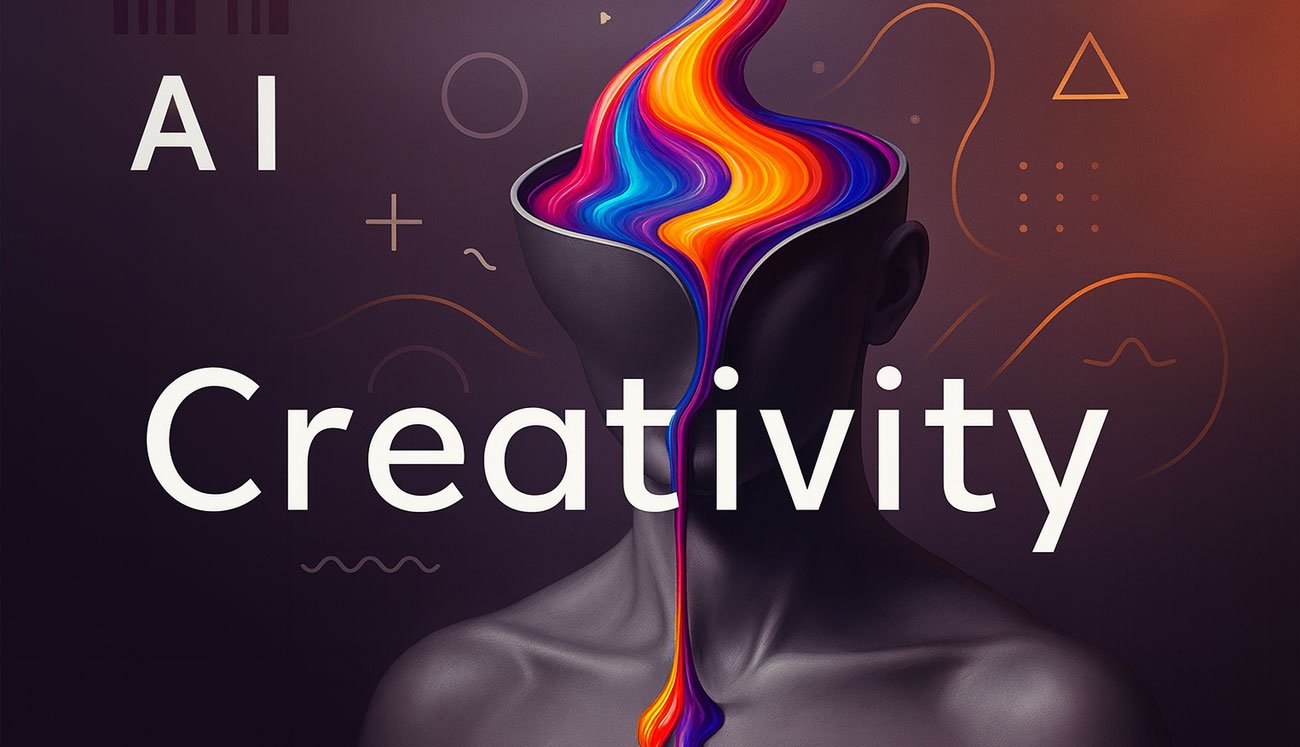
The power of artificial intelligence in the world of creative industries has been rapid and unquestionable. AI technologies in the field of graphic design can now create logos, layouts, and even entire brand kits in a matter of minutes. AI is used in user experience and user interface (UX/UI) design to propose designs, analyze user behavior, and simplify testing. Predictive models in product design are also reducing prototyping time and streamlining functionality before the appearance of products in the market.
Speed is one of the largest benefits that AI brings. AI technology can now produce many variations within seconds compared with the time spent by designers working on an idea and developing it over hours or days. It has also been in terms of efficiency because repetitive tasks, like resizing, background removal, or colour correction, are being automated. Another important factor is accessibility. The AI tools of platforms such as Canva and Figma enable users with minimal or no design background to create high-quality visuals, which democratize design.
According to research, 77% of companies are either using or exploring the use of AI in their businesses, and 83% of companies claim that AI is a top priority in their business plans. Such statistics indicate that AI is not merely becoming an industry maker, but it is transforming the expectation of speed, accessibility, and the definition of creativity in design itself.

The Strength of AI
AI has been referred to as a creative assistant, yet its capabilities extend well beyond elementary support. Its ability to process large amounts of data and extract patterns that a human being may not notice is one of its top strengths. This logical ability enables any AI to produce insights that could be used when making design decisions, including color selections that would match user preferences or layouts that would maximize engagement.
Another benefit is consistency. In branding, e.g., AI tools can make sure that all visual details comply with the set of rules. Regardless of whether a company needs thousands of social media graphics or dozens of banner versions, AI will help to make all assets uniform. In the case of global campaigns for businesses, this type of standardization is priceless.
Time-saving is also critical. Monotony of work, like clipping pictures or changing fonts, might be exhausting to the creative forces. AI allows designers to concentrate on the big picture, conceptualization, storytelling, and strategic design decisions by automating these processes. Lastly, there is accessibility, which should be mentioned again. Amateurs or small companies that do not have the means to hire professional designers can now make a step into the world of the creative process with low-cost AI-based tools. This reduces the barriers and enables more individuals to try design.
The Unique Strength of Human Creativity
Nevertheless, human creativity cannot be replaced despite the amazing potential of AI. The most important aspect of human contribution to design is emotive depth. Empathy, passion, and storytelling are aspects of visuals that a human designer can provide that machines cannot mimic. It is this emotional aspect that can be known to move audiences the most.
It is also in the capacity of human beings to reason abstractly and to defy norms. Whereas AI flourishes under rules and algorithms, human beings have the freedom to violate the same and create something new. An artist may design a poster, ignoring all the rules of traditional design, in order to challenge or surprise, something that AI, being trained to conform to the pattern, would hardly consider trying.

Another exceptionally human benefit is cultural awareness. An algorithm cannot comprehend the subtleties of traditions, humor, symbolism, and social shifts as a designer can. A campaign suited to one cultural group can work ineffectively or even offensively when used by everyone and this is one area where human judgment plays a vital role.
Statistics show a mixed perception of AI creativity, with some studies finding AI-generated ideas receiving nearly 53% of votes in design experiments, while others indicate a human preference for human-created art in comparisons, though AI art is selected around 40-50% of the time.
AI Creativity vs Human Creativity – Clear Differences
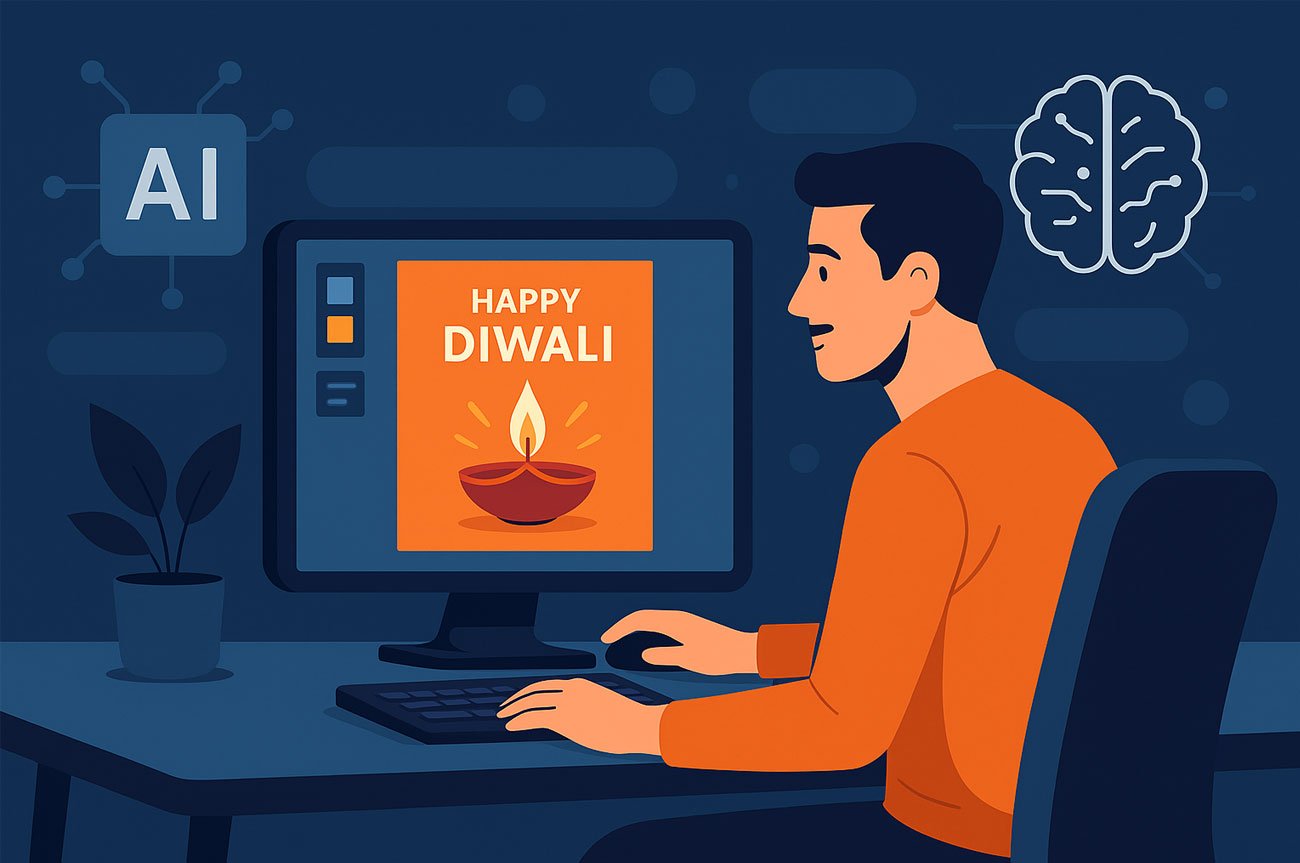
Comparing AI vs human creativity, the differences are impressive. AI is based on algorithms and learned data that create designs through patterns that it has learned. Human beings, however, do so by using the experience of living, feelings, and abstract thinking.
AI is capable of providing design options fast and more efficiently, although it cannot imagine or think beyond the available information. Human beings have the power to come up with completely fresh ideas, which may be inspired by intuition or even failures. There is efficiency and precision with AI, and relatability and emotional resonance with human creativity.
This explains why even with the advanced generative design tools, the majority of organizations continue to seek the input of people to deliver the main vision, albeit with optimization through AI. The emotional and empathetic layer that humans possess is unrivaled, and the difference between the two is not as much about superiority as it is about complementary strengths.
How AI Impacts Creativity (Pros & Cons)
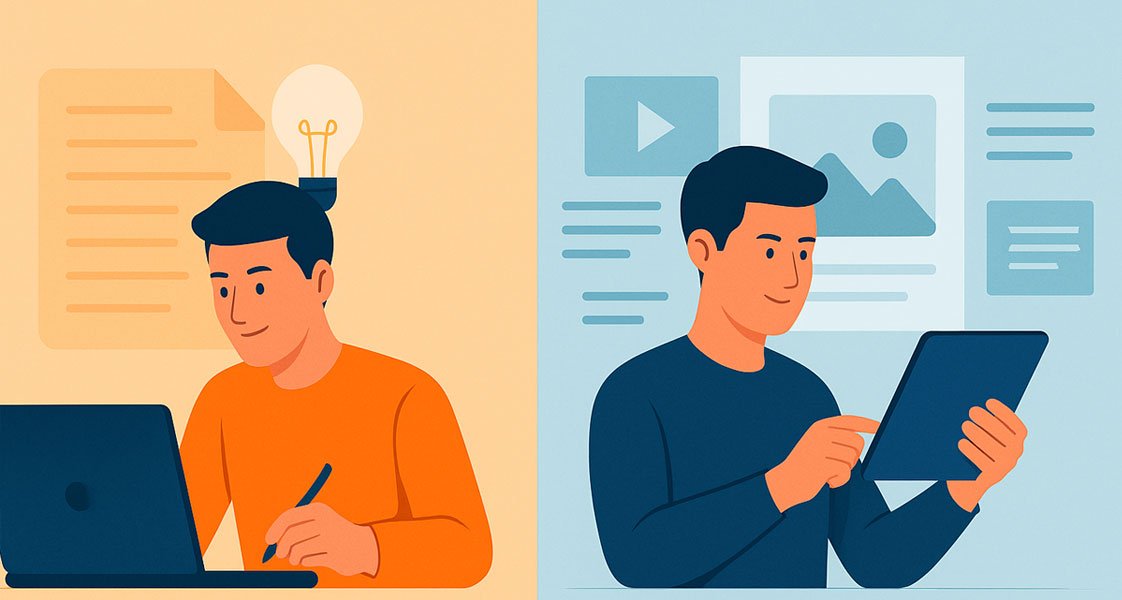
The issue of AI and creativity is a two-edged sword that contains both really interesting possibilities and real threats.
On the good side, AI can drive productivity. Designers can use this to buy more time to think about concepts and strategies since a lot of the work is automated. The possibility of AI generating infinite variants also provides new possibilities for experimentation. A designer will be able to order several versions of the logo and select the most appropriate one, one that fits the brand story. Furthermore, AI can turn design more affordable, allowing startups and small businesses that could not afford to hire professional creative services.
The disadvantages also cannot be overlooked, though. The use of AI may be overused, which may result in homogenization, as visuals begin to look predictable and repetitive. This can be a loss of originality since AI can combine already existing information instead of creating something completely new. There are also big ethical issues. The issues surrounding plagiarism, ownership of AI-generated work, and misuse of creative works are becoming more and more complex.
A survey by Statista found that 42% of marketers worldwide trusted AI to carry out content creation activities in 2022, while 38% trusted AI to carry out content curation activities. This highlights the importance of using AI as a complement to creativity, not as a substitute.
How AI and Human Creativity Can Work Together
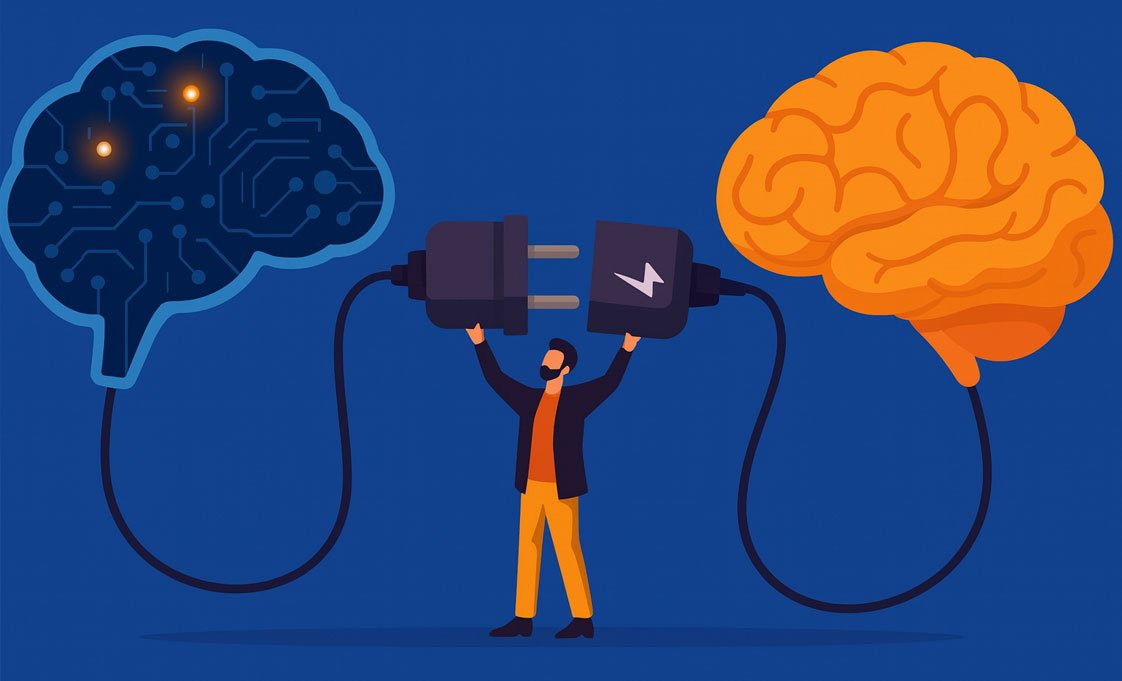
The true possibility is not the opposition between AI and human creativity but identifying how the latter can be used to collaborate. This element of co-creation enables people to be visionary and intentional in their actions, and AI offers a helping hand in implementation.
As an example, a designer can draw a sketch, and AI will create several elegant variants immediately. The designer then picks up, tweaks, and gives emotional resonance to the end product. By doing so, AI would be a brainstorming assistant, accelerating the iterations, but not substituting the intuition of the designer.
This synergy is demonstrated in reality. An example is Netflix, which relies on AI to create personalized thumbnails for its users. But overall narrative and branding are taken care of by human designers. It is an ideal example of AI as a creative assistant and not a competitor.
If you’re curious about how storytelling continues to drive engagement, check out our blog on Why Human Touch Still Matters in the Age of AI Design. It shows how human creativity is necessary in spheres in which connectivity and interaction are paramount.
The Future of AI and Human Creativity
Going futuristic, it is evident that the design industry is going to evolve as a hybrid industry where AI and human creativity co-exist. Already, smarter tools are being developed, which can be far more personalized and can have additional contextual awareness. With the further development of such tools, AI-embracing designers will be placed in new hybrid positions with creativity and technology being the vital skills.
Even the definition of creativity can change. Creativity in the world of technology may imply the capability to combine human instinct with machine intelligence in a creative manner. Designers will continue being the visionaries, and AI will act as an enabler. This joint venture will enable the industry to magnify inventiveness without the loss of significance or originality.
McKinsey predicts that by 2030, 70% of companies will have adopted at least one AI capability. This shows that the integration of AI into creative industries is not a possibility but an inevitability. The future will belong to those who can strike the perfect balance.
How Visual Best Can Help
We think that technology and imagination are best friends in creating, and so at Visual Best, they will indeed be so. We operate somewhere in between the two worlds. Our AI-powered tools help us deliver speed and efficiency to projects, and still deliver a fast turnaround without compromising quality. Meanwhile, our team of creative professionals’ input provides the emotional storytelling, cultural awareness, and human perspective that AI alone cannot mimic.
Be it branding, visual storytelling, or digital design, we make our solutions unique so that each project seems innovative but familiar at the same time. We do not design, we create together. The result is an ideal balance between technology and creativity, where technology boosts creativity rather than eliminates it.
Conclusion
It is not a competition between AI and Human Creativity in Design, but the synergy which comes from balancing AI and designers. AI is unmatched in terms of speed, accuracy, and scalability, and humans are rich in depth, originality, and feeling. When the two are used together, there is not only functionality but also meaning.
The future of design lies not in the ability of machines to supersede humans or human resistance to technology. It concerns collaborating in a manner that enhances the strengths of both ends. When AI is in charge of efficiency and humans are in charge of creativity, the designs developed are not only creative but also emotional. Finally, the magic would never be at a different place than the intersection of algorithms and imagination.
FAQs
Q1: Will AI replace human designers completely?
No. AI robots are capable of automating work but lack the emotional intelligence, cultural sensitivity, and abstract thinking that human designers offer.
Q2: How is AI being used in design today?
Artificial intelligence is already working on the creation of logos, automation of branding kits, the creation of UX prototypes, and even the creation of personalized marketing images.
Q3: What’s the main drawback of overusing AI in design?
The biggest concern is homogenization and loss of originality, along with ethical issues like unclear authorship and plagiarism.
Q4: How can designers stay relevant with AI on the rise?
By mastering AI tools, focusing on storytelling and strategy, and embracing the aspects of creativity that machines cannot replicate.
Q5: Why is balancing AI and designers important?
Because the most impactful designs come from AI handling speed and efficiency, while humans ensure depth, meaning, and emotional connection.


